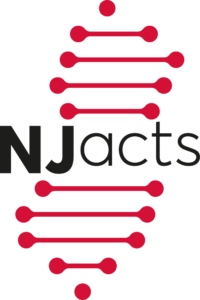 Please read Dr. Wei’s article in IEEE Access titled, “An Omnibus Test for Differential Distribution Analysis of Continuous Microbiome Data.”
Please read Dr. Wei’s article in IEEE Access titled, “An Omnibus Test for Differential Distribution Analysis of Continuous Microbiome Data.”
The human body harbors more than 1 trillion microbes, which are proved to contribute to the host’s health and growth. The development of technologies provides a deeper understanding of these resident microbes. High-throughput sequencing, such as RNA sequencing, chromatin immunoprecipitation sequencing, and metagenomic and 16S rRNA
gene amplification, has been widely used for understanding microbial communities. These methods produce count data for the entities, such as the gene read counts from RNA-seq data and the operational taxonomic unit (OTU) counts from 16S rRNA gene sequencing [2]. The DNA microarray is another technology used for investigating microbial communities. To name a few, an academically developed Virochip has probes for 1,500-plus viruses and has successfully detected viruses in pathology samples. To read the full article.
An Omnibus Test for Differential Distribution Analysis of Continuous Microbiome Data. Lin X, Zhang J, Wei Z, Turki T. IEEE Access 2021. vol. 9, pp. 100029-100039. DOI: 10.1109/ACCESS.2021.3093045
